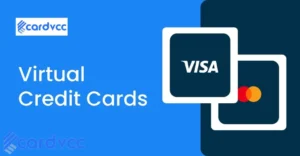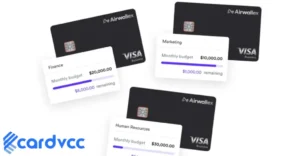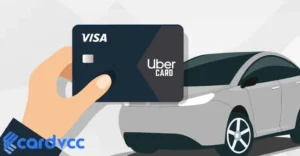Interest on your credit card is a fee for borrowing money. Credit card companies charge this to make a profit.
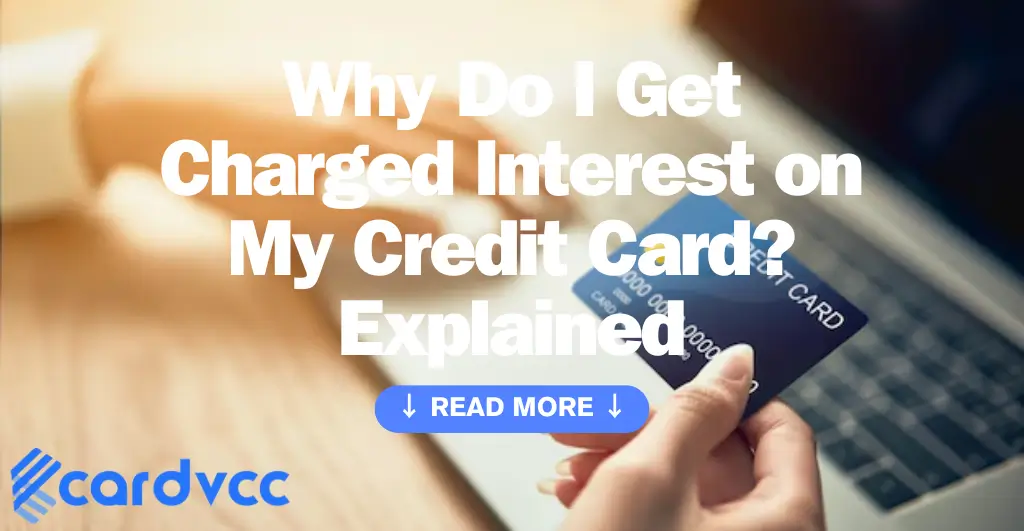
This interest can add up quickly, making your debt grow. Understanding why you are charged interest is important. Each time you use your credit card, you are borrowing money. If you do not pay back the full amount by the due date, the credit card company charges interest on the remaining balance.
This interest is a way for the company to earn money from lending you funds. It’s essential to know how interest works to manage your finances better. By learning more about these charges, you can avoid unnecessary costs and keep your debt under control. This blog will help you understand the reasons behind credit card interest and how to handle it smartly.
How Credit Card Interest Works
Understanding how credit card interest works can help you manage your finances better. It can also prevent unexpected charges. Below, we will break down the key components of credit card interest. This includes how it is calculated and the difference between daily and monthly interest.
Interest Calculation
Credit card interest is usually calculated using the Annual Percentage Rate (APR). This is the yearly interest rate charged on your balance. But, how is this applied to your monthly bill?
Here’s a simple formula:
Daily Interest Rate = (APR / 365)
For example, if your APR is 18%, your daily interest rate would be:
18% / 365 = 0.0493% per day
This daily rate is then applied to your outstanding balance each day. The sum of these daily charges is added to your monthly bill.
Daily Vs. Monthly Interest
Understanding daily vs. monthly interest is crucial. Credit card companies usually use daily compounding. This means they calculate interest on your balance each day.
Here’s a breakdown:
- Daily Interest: Calculate each day on your outstanding balance.
- Monthly Interest: Calculate once a month on your average daily balance.
Daily compounding can lead to higher interest charges over time. Monthly compounding is less common but easier to understand. Knowing which method your card uses helps you plan better.
Types Of Credit Card Interest Rates
Understanding the different types of credit card interest rates can help you manage your finances better. Credit cards typically come with various interest rates. Each type of rate applies in different situations. Knowing these can prevent unexpected charges on your bill.
Purchase Apr
The Purchase APR is the interest rate applied to purchases made with your credit card. This rate is usually the most common and can vary. If you do not pay off your balance in full each month, this interest gets added to your balance. Below is a table showing typical ranges for Purchase APRs:
| Credit Score | Purchase APR Range |
|---|---|
| Excellent (750+) | 12% – 18% |
| Good (700-749) | 15% – 22% |
| Fair (650-699) | 20% – 25% |
| Poor (below 650) | 25% – 30% |
Cash Advance Apr
The Cash Advance APR is applied when you withdraw cash using your credit card. This rate is usually higher than the Purchase APR. Cash advances can also come with additional fees, making them expensive. Here are some key points about Cash Advance APR:
- Higher interest rates compared to purchases
- Interest starts accruing immediately
- Often a separate fee on the cash amount
Penalty Apr
The Penalty APR is applied if you miss a payment or violate the card’s terms. This rate is significantly higher than the standard Purchase APR. It acts as a penalty for not following the credit card agreement. Important points to note about Penalty APR:
- Triggered by late payments
- Can be as high as 29.99%
- Can last up to six months or more
Understanding these interest rates can save you money. Always read your credit card agreement to know the rates applied to your account.
Grace Periods Explained
Understanding credit card interest is crucial to managing your finances. One key concept is the grace period. This period can help you avoid interest charges. Knowing how to use it effectively can save you money.
What Is A Grace Period?
A grace period is the time between the end of your billing cycle and your payment due date. During this time, you can pay your balance in full without incurring interest charges.
For example, if your billing cycle ends on the 15th of the month and your payment is due on the 10th of the next month, you have a grace period of about 25 days.
Most credit cards offer a grace period of at least 21 days. This gives you time to pay off your balance without paying interest.
How To Use Grace Periods
To make the most of your grace period, always pay your balance in full. This ensures you avoid interest charges.
Here are some tips:
- Track your billing cycle: Know the start and end dates of your billing cycle.
- Pay on time: Make sure to pay your balance before the due date.
- Set reminders: Use calendar alerts to remind you of your payment due date.
Paying your balance in full each month can help you avoid interest charges. This can also improve your credit score over time.
If you carry a balance, you may not benefit from a grace period. In this case, you’ll start accruing interest immediately on new purchases.
Remember, understanding and using your grace period wisely can save you a lot of money.
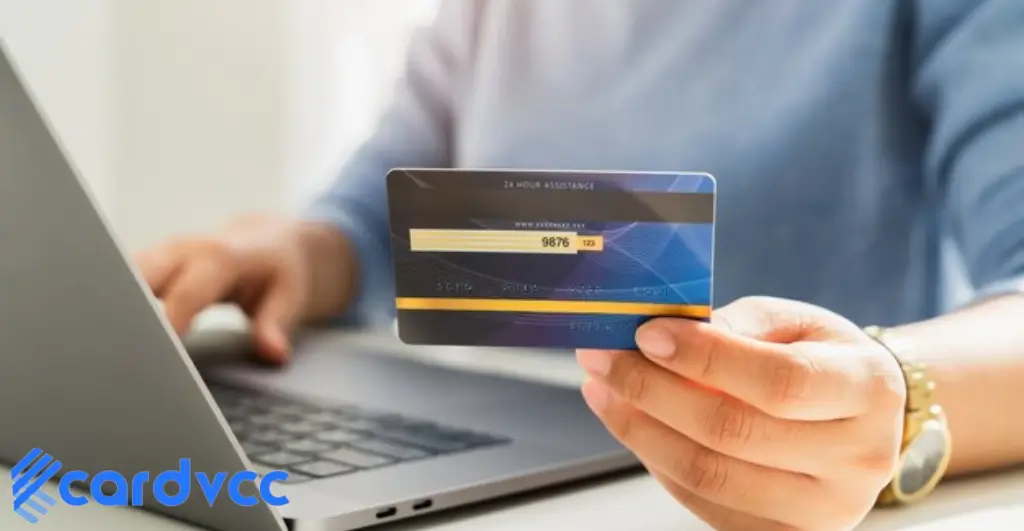
Impact Of Minimum Payments
Paying the minimum amount on your credit card might seem helpful. It keeps you from missing payments. But it comes with hidden costs. Interest charges can pile up quickly. Let’s explore how minimum payments affect your debt.
Minimum Payment Requirements
Credit card companies set a minimum payment amount. This is usually a small percentage of your balance. Often, it’s around 2% to 3%. This might look manageable. It’s designed to be low. This way, you’re more likely to pay for it. But paying only the minimum can be costly.
| Card Balance | Minimum Payment |
|---|---|
| $1,000 | $25 (2.5%) |
| $2,000 | $50 (2.5%) |
| $5,000 | $125 (2.5%) |
Long-term Cost Of Minimum Payments
Paying only the minimum extends your debt. Interest keeps adding up. This means you pay more over time. Let’s see an example:
- Card Balance: $1,000
- Interest Rate: 18%
- Minimum Payment: $25
If you pay only $25 each month, it will take years to clear the debt. And you will pay much more in interest. Here’s how it adds up:
- First Month: $1,000 – $25 + Interest
- Second Month: New Balance – $25 + Interest
This cycle continues. You end up paying more than the original balance. It’s best to pay more than the minimum. This reduces your balance faster and saves you money on interest.
Key Takeaway: Always aim to pay more than the minimum. This reduces your overall cost. It also helps you clear your debt sooner.
Avoiding Interest Charges
Interest charges on credit cards can add up quickly. Learning how to avoid them can save you money. Here are some effective strategies to avoid paying interest on your credit card.
Paying In Full
The best way to avoid interest charges is to pay your balance in full each month. If you only pay the minimum amount, interest will be charged on the remaining balance. This can lead to higher debt over time. By paying off your balance completely, you avoid these charges.
Here’s a simple table to illustrate the difference between paying in full and making minimum payments:
| Payment Method | Interest Charged |
|---|---|
| Paying in Full | $0 |
| Minimum Payment | $50 (example) |
Promotional Apr Offers
Credit card companies often offer promotional APR rates. These rates are usually 0% for a certain period. Using these offers wisely can save you from interest charges.
Here are some tips to make the most of promotional APR offers:
- Read the terms and conditions carefully.
- Make sure you pay off the balance before the promotional period ends.
- Avoid new purchases if you can’t pay them off within the promotional period.
Promotional APR offers can be helpful, but they require discipline. Make sure you understand the terms and stick to your repayment plan.
Role Of Credit Utilization
Understanding credit card interest charges can be confusing. One key factor is credit utilization. This plays a significant role in how much interest you pay.
Credit Utilization Ratio
The credit utilization ratio is important. It measures the amount of credit you use against your total credit limit. A high ratio means you’re using a lot of your available credit. This can lead to higher interest charges.
Here’s a simple formula to calculate the credit utilization ratio:
(Total Credit Card Balances ÷ Total Credit Limits) × 100
For example, if you have a total credit limit of $10,000 and your balances are $3,000, your credit utilization ratio is 30%.
A lower ratio is better. Experts recommend keeping it below 30% to avoid high interest rates.
Effects On Interest
A high credit utilization ratio can affect your interest rates. Credit card companies see high utilization as risky. They may charge more interest to offset this risk.
Consider this table to understand better:
| Credit Utilization Ratio | Interest Rate Impact |
|---|---|
| 0%-30% | Lower Interest Rates |
| 31%-50% | Moderate Interest Rates |
| 51%-100% | Higher Interest Rates |
Keeping your credit utilization low can help you avoid high interest charges. Paying off your balance regularly can help you manage this ratio.
- Pay off your balance in full each month.
- Monitor your credit card statements.
- Request a credit limit increase.
These steps can help you maintain a healthy credit utilization ratio.
Late Payments And Interest
Credit card interest charges can be confusing. One key reason for these charges is late payments. When you miss a payment deadline, the credit card company imposes interest on your outstanding balance. This interest can quickly add up, making it important to understand the consequences and how to avoid them.
Consequences Of Late Payments
Missed payments can have several negative effects on your finances:
- Interest Accumulation: Interest starts accumulating on your unpaid balance.
- Late Fees: Credit card companies often charge late fees.
- Credit Score Impact: Your credit score may drop, affecting future loan approvals.
These consequences highlight the importance of making timely payments.
How To Avoid Late Fees
To avoid late fees and interest charges, consider these strategies:
- Set Up Automatic Payments: Automate your payments to ensure they are made on time.
- Use Payment Reminders: Many banks offer reminders through email or text.
- Create a Budget: Plan your expenses to ensure you have enough funds to pay your credit card bill.
- Pay More Than the Minimum: Paying more reduces your balance faster, lowering interest.
- Monitor Your Billing Cycle: Keep track of your billing cycle to avoid surprises.
Implementing these strategies can help you avoid unnecessary charges and maintain a healthy credit score.
Tips For Managing Credit Card Interest
Credit card interest can be a burden if not managed well. It’s important to have a plan to reduce and manage this interest. Here are some practical tips to help you keep your credit card interest under control.
Budgeting Strategies
Creating a budget is essential. It helps track your spending and ensures you don’t overspend.
- List your expenses: Write down all your monthly expenses. Include rent, groceries, utilities, and other bills.
- Set spending limits: Allocate a specific amount for each category. Stick to it to avoid unnecessary credit card usage.
- Track your spending: Use apps or spreadsheets. Monitor your expenses regularly to stay within your budget.
By following these steps, you can avoid excessive credit card charges and reduce interest payments.
Using Balance Transfers
Balance transfers can be a smart way to manage credit card interest. They allow you to move debt from one card to another with a lower interest rate.
- Find a good offer: Look for credit cards with low or zero-interest balance transfer offers.
- Read the terms: Understand the terms and conditions. Know the duration of the low-interest period.
- Transfer your balance: Move your high-interest debt to the new card. Pay off the balance within the low-interest period.
Using balance transfers wisely can help you save money on interest and pay off your debt faster.
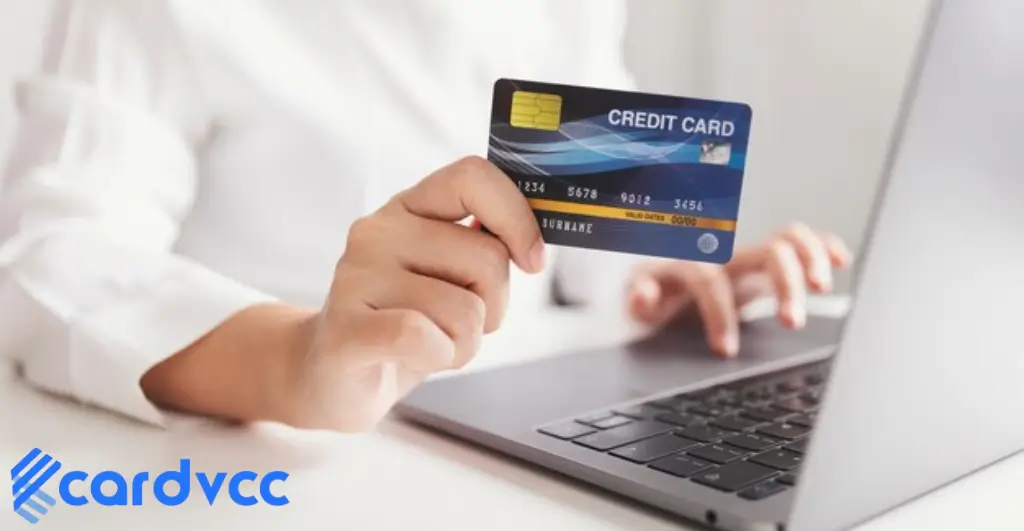
Frequently Asked Questions of Why Do I Get Charged Interest on My Credit Card
What Is Credit Card Interest?
Credit card interest is a fee charged by your credit card issuer. It applies when you carry a balance month to month.
How Is Credit Card Interest Calculated?
Credit card interest is usually calculated based on your daily balance. The annual percentage rate (APR) is divided by 365 days.
When Does Credit Card Interest Start Accruing?
Interest starts accruing if you don’t pay your full balance. It begins after the due date of your billing cycle.
Can I Avoid Paying Credit Card Interest?
Yes, you can avoid interest by paying your balance in full. Ensure you pay before the due date each month.
Conclusion
Understanding credit card interest helps manage finances better. Paying on time avoids extra charges. Keep track of your spending to stay within budget. Use your credit card responsibly to build a good credit score. Always read your credit card statement carefully.

